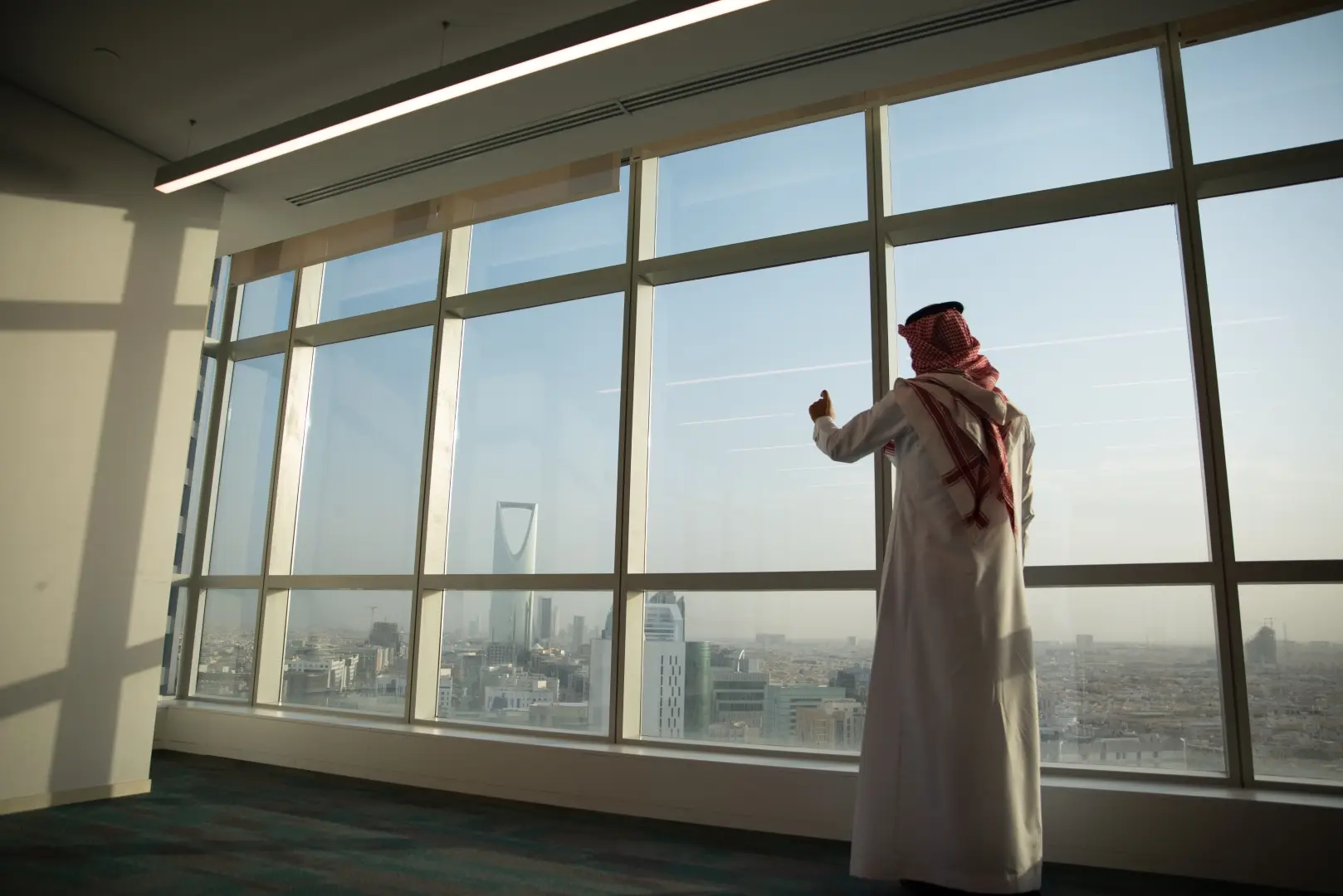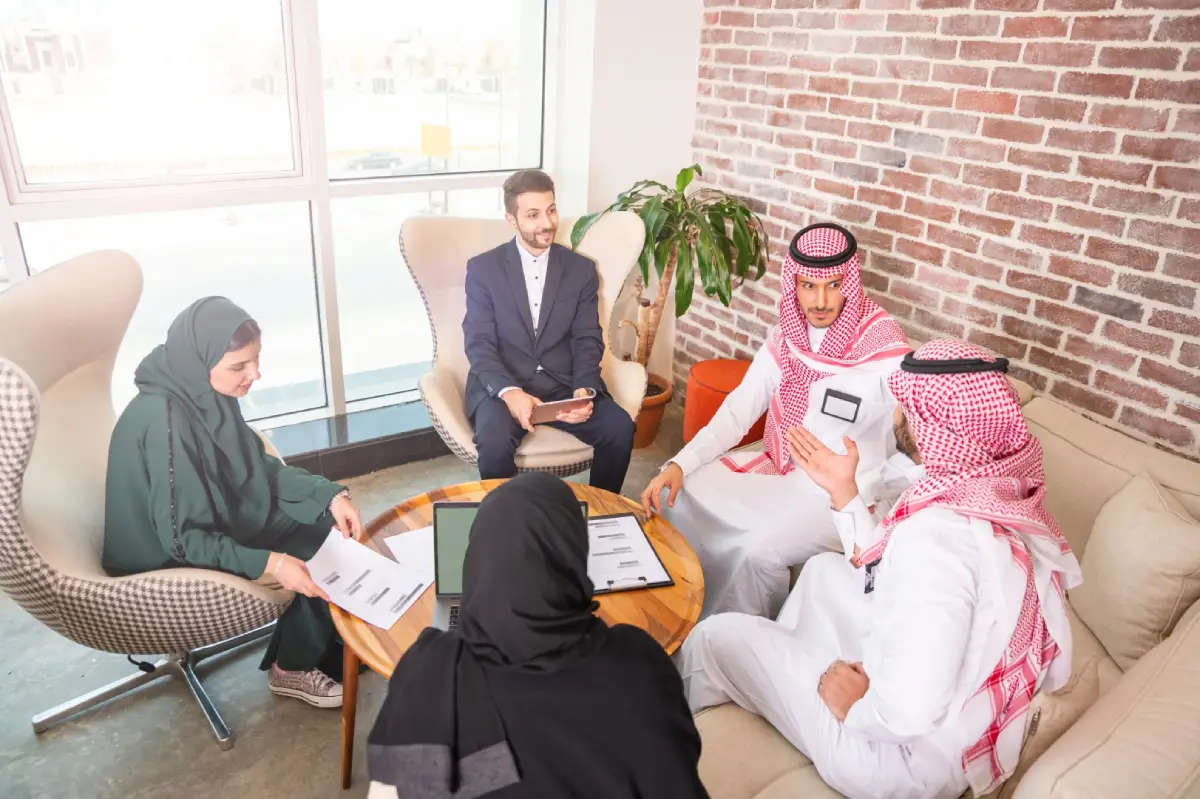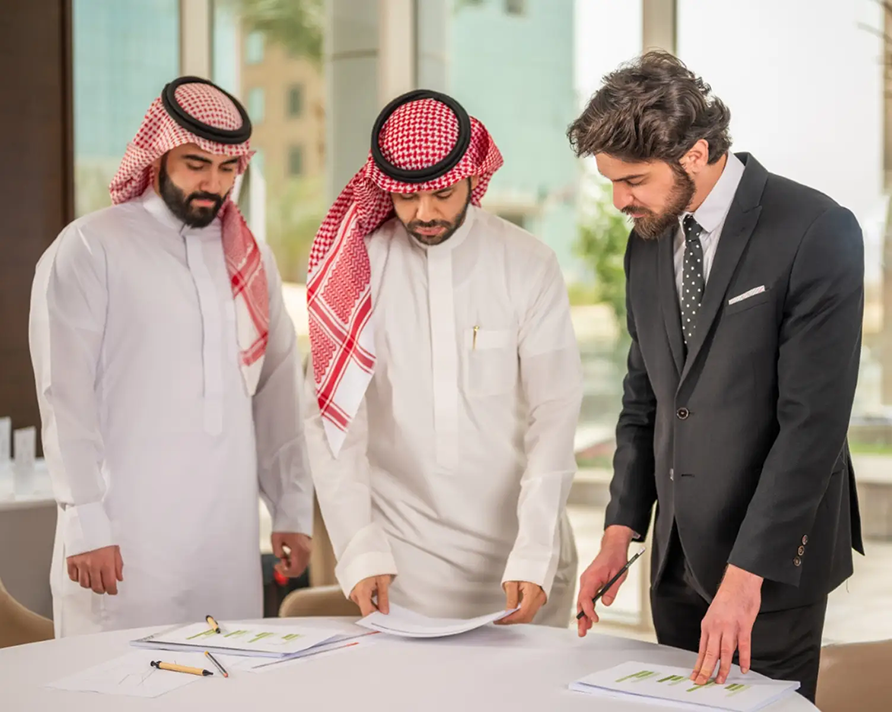Objective
To enhance employee enablement by establishing strong organizational capabilities, create a professional, attractive work environment across all departments, align job roles with the entity’s strategic objectives, particularly talent retention and development, and implement mechanisms for institutional agility and readiness to meet future challenges.
Key Challenges
- Harmonizing over 1,300 job titles into a consolidated and optimized structure
- Ensuring buy-in across diverse departments and leadership layers
- Transitioning from fragmented practices to a unified HR vision
Consulting Approach
Tharwah applied a structured, best-practice methodology involving:
- Diagnostic assessments of existing structures
- Stakeholder interviews and focus groups
- Benchmarking global HR practices
- Job analysis surveys to gather comprehensive role data
- Co-creation workshops with sector leaders and HR units
Outcome
As a result of the engagement, several impactful outcomes were achieved, including:
- Enhanced clarity of responsibilities and accountability across all job roles
- Integrated tools for performance alignment, talent development, and succession risk mitigation
- Institutional adoption of a maturity-based performance evaluation framework
- Strengthened the client’s ability to attract, retain, and develop top talent across sectors
Insights & Learnings
This engagement emphasized the below:
- Early buy-in from HR and executive leadership was critical to mobilizing sector participation
- Linking performance, succession, and job clarity in one project generated synergistic outcomes
- Continuous involvement of line managers ensured relevance and practicality of outputs
Client Impact
The entity is now equipped with a future-ready HR architecture that enables effective performance management, risk mitigation, and talent development. The organization can confidently navigate growth and transformation while retaining its top talent and enhancing employee engagement.





